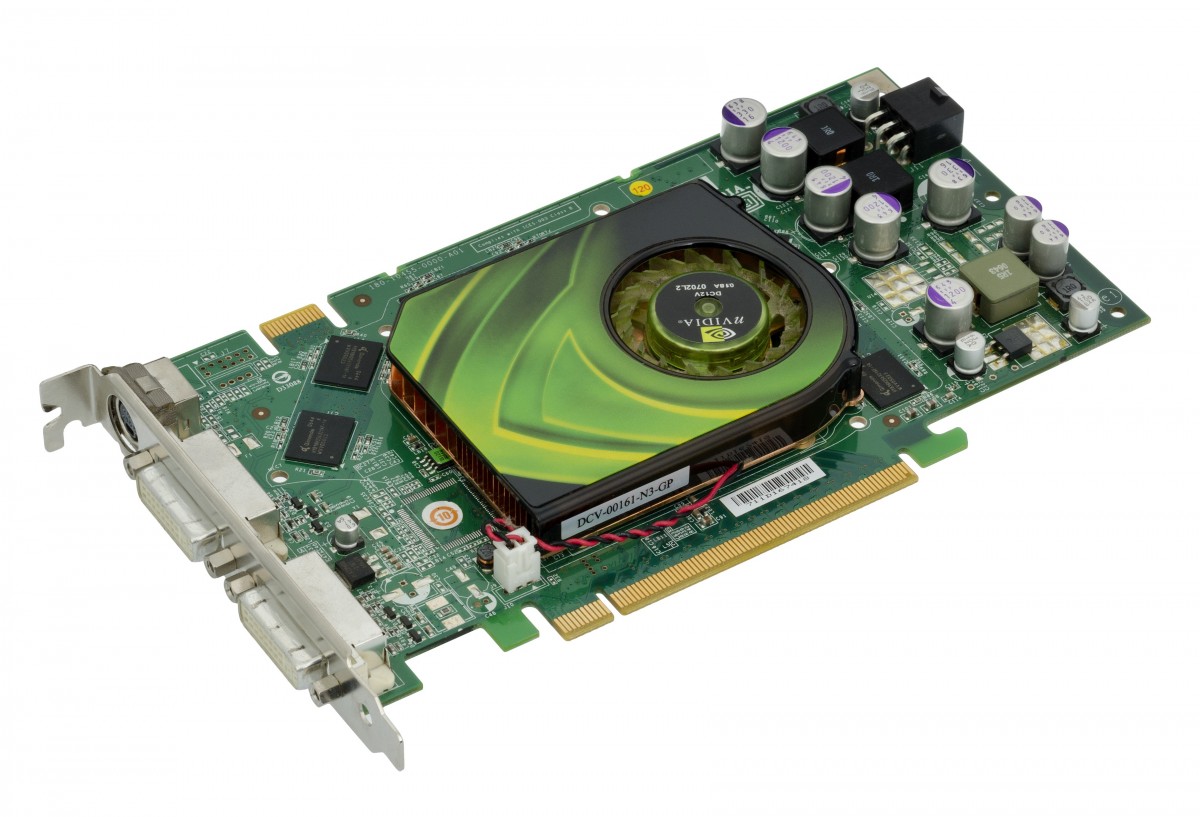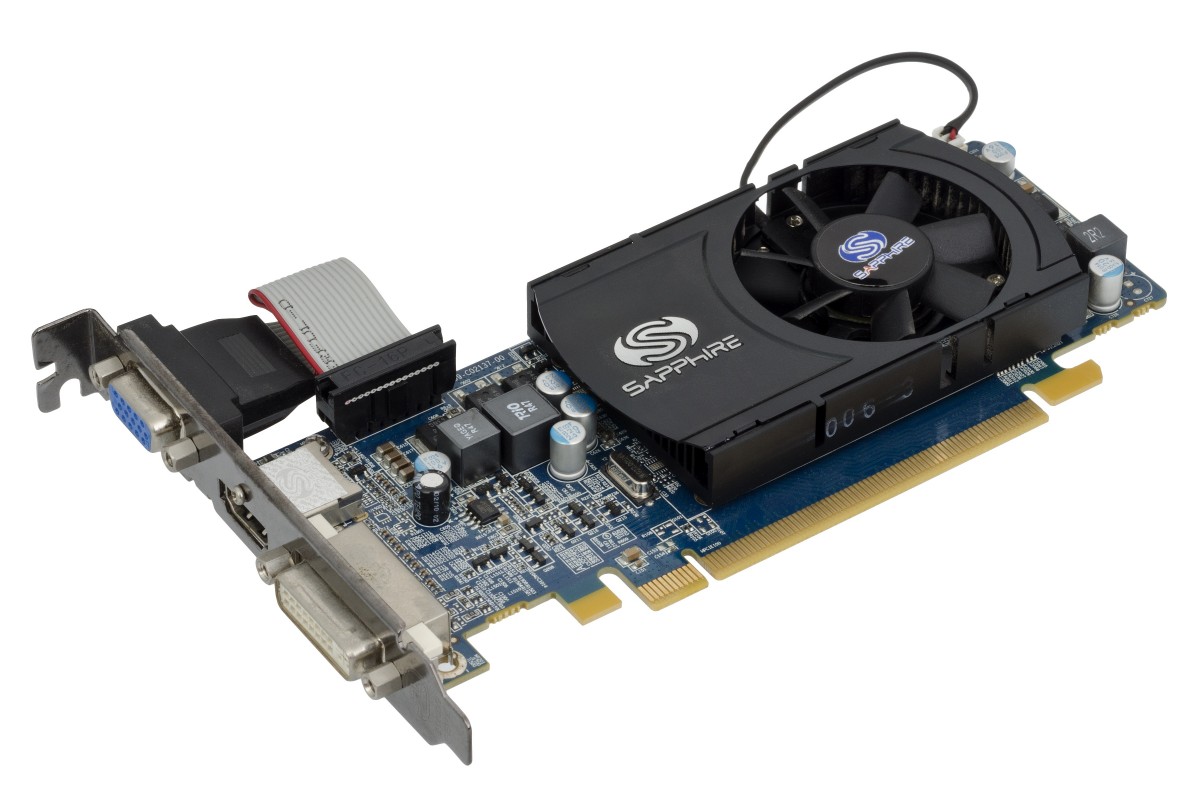How to Choose Your Computer Graphics Card
Contents
– Graphics card: essential for the computer display
– Graphics card: comparison criteria
Computer graphics card: information, comparison, price
The central processing unit, also called the desktop computer, gathers different components from the sound card to the hard disk without forgetting the DVD drive, processor, motherboard, RAM, and graphics card.
Graphics card: essential for the display on the computer
The graphics card is also called a video card. How does it work?
The graphics card allows the display on the screen and other devices such as televisions.
The graphics card converts digital data into graphic data for display: it transmits images in memory to the screens.
The graphics card adapts the image according to the type of screen but also to the screen and display configuration.
It is connected to the motherboard’s PCI, PCI Express, or AGP slot. The most common slot for recent graphics cards is PCI Express.
Good to know: Nowadays, most graphics cards can handle 3D images.
The three components of a computer graphics card
The graphics card consists of different components, including:
The graphics processor takes care of the display calculations and can be equipped with its fan. The graphics processor helps to lighten the load of the central processor.
The video memory: the graphics card’s memory manages the image data. It processes system information as well as displays information.
– BIOS: Like the motherboard, the graphics card has a BIOS that saves all the information needed to start the graphics card.
Graphics card: different types of connectors

The graphics card can offer different types of connectors, including :
– VGA: for the screen connection,
– S-Video: for the television or a video projector,
– DVI: for specific screens or televisions,
– HDMI: for connection to any screen in High Definition (HD).
Graphics card: comparison criteria
When you want to buy a graphics card, it is essential to choose according to your needs: processor, memory, connectivity, price.
Here is a comparative table of the different types of graphics cards:
|
Graphics card type |
Processor |
Memory |
Connectivity |
Average price ($) |
|---|---|---|---|---|
|
PNY Ge Force GT220 |
625 MHz |
1Go |
|
60,00 |
|
MSI R5750 PM2D |
700 MHz |
1 Go |
|
140,00 |
|
NVIDIA GeForce GTX 285 |
648 MHz |
1 Go |
|
200,00 |
|
XFX Radeon HD 5850 XXX |
755 MHz |
1 Go |
|
280,00 |
|
MSI N470 GTX – M2D12 |
607 MHz |
1, 5 Go |
|
310,00 |
|
NVIDIA GeForce GTX 480 |
700 MHz |
1,5 Go |
|
450,00 |
|
ATI Radeon 4870 X2 |
750 MHz |
2 Go |
|
450,00 |
|
NVIDIA GeForce GTX 295 |
576 MHz |
1,8 Go |
|
500,00 |
Good to know: The two leading brands of graphics cards are ATI and NVIDIA.
So you can find graphics cards at very different prices:
– Entry-level: under $100 that will be pretty suitable for basic office type use,
– Mid-range: Between $100 and 180 $ for more advanced uses but which will not allow an optimal use for games,
– High-end: from $200 and up to $600 for the most expensive. They will allow advanced computer use, including games and video editing.
Read more:
How to Create a Local Network;
2 Easy Steps to Connect a Printer to Bluetooth
7 Cool Steps to Make a WiFi Antenna!
4 Easy Steps to Increase WiFi Range

